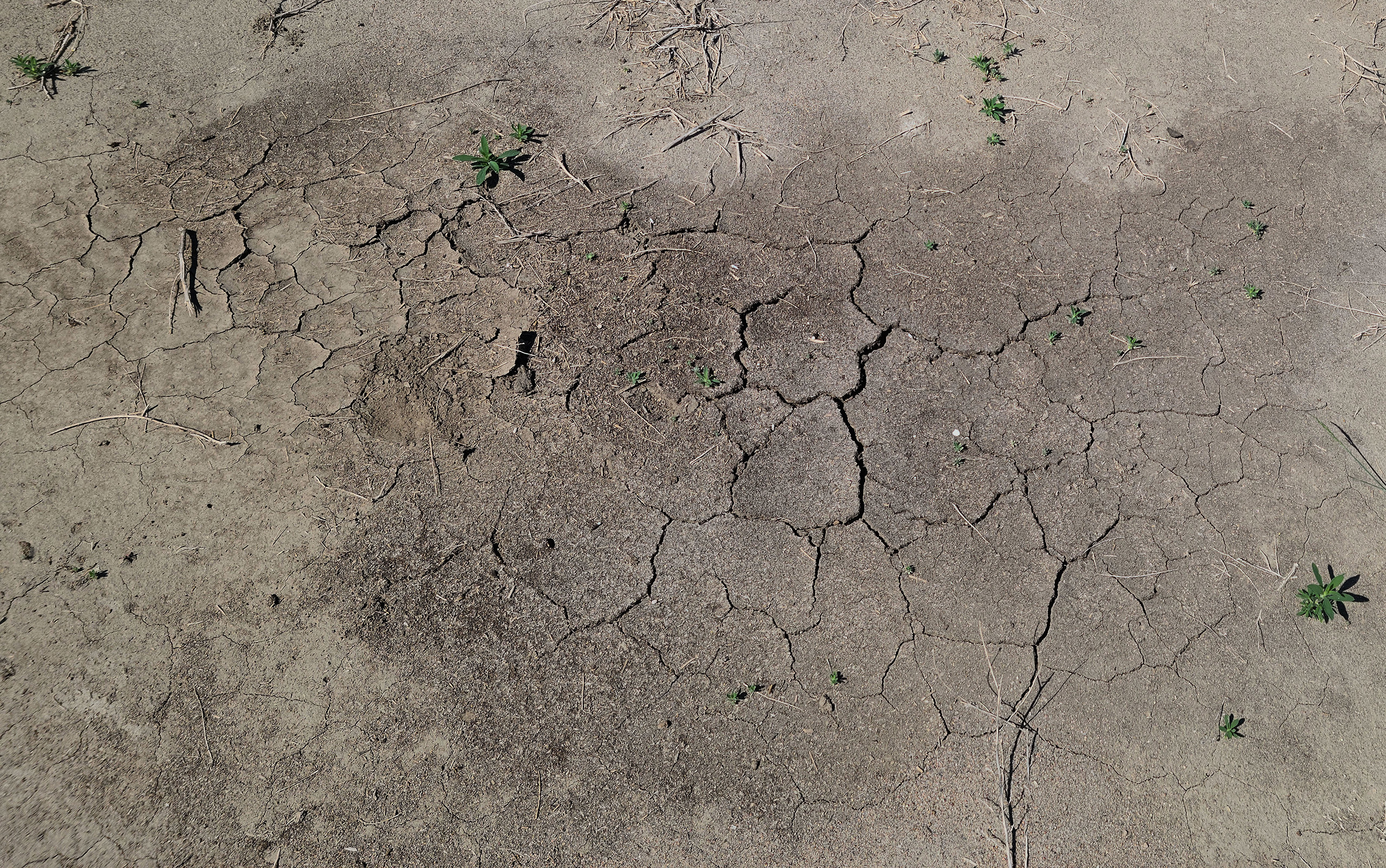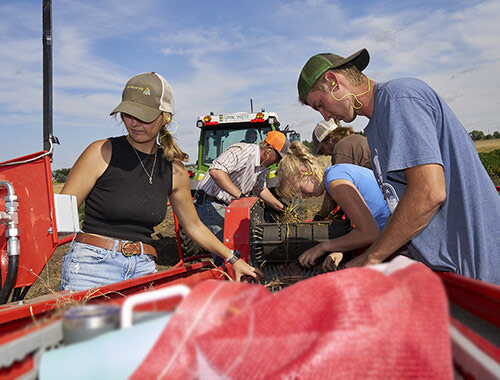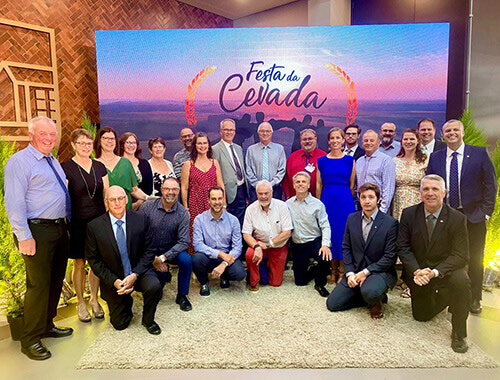It’s important to identify all threats to your soil – the first step is identifying the problem and learning how to curb it.
Previous articles in this series focused on the prevalence and management strategies for saline soils, which are soils with high concentrations of soluble salts that can impair crop growth. Sodic soils are another type of salt-affected soil that, perhaps, pose an even greater challenge to crop establishment and growth. Sodic soils have high levels of exchangeable sodium (Na+), while their levels of neutral soluble salts are generally low, in contrast to saline soils. The sodium levels are, however, at a high enough concentration to cause toxicity in sensitive plants, leading to reduced germination, foliar symptoms such as necrosis of leaf margins and tips, and stunted growth.
Most sodic soils in Alberta belong to the Solonetzic soil order, which is characterized by high levels of sodium in the subsoil horizons. These soils also tend to have high soil pH levels, often exceeding 8.5 and rising to 10 or higher in some cases. High pH levels are attributed to the higher solubility of sodium carbonate compared to calcium or magnesium carbonate, which leads to high concentrations of carbonate ions in soil solutions.
The physical structure of sodic soils is generally deteriorated due to excessive dispersion of soil colloids, which reduces water infiltration and plant root penetration. Dispersion occurs as a result of excessive Na+ ions that form a broad swarm around the soil colloids, thus impeding the forces of cohesion between soil colloids. This results in the breakup of soil aggregates and the clogging of soil pores. The colloidal dispersion reduces water infiltration and percolation rates, thus leading to puddled conditions when soils are wet.
Reduction in infiltration increases surface runoff, which leads to soil erosion and reduced yield potential due to less water storage. Oxygen also becomes deficient under such conditions due to the limited air movement that results from the breakdown of soil structure. The poor soil structure also makes seeding operations very challenging and reduces crop emergence.
While the management of sodic soils can be extremely challenging, the next article in this series will explore some management strategies that can be deployed for such soils.
|
|
|
Image Caption: Sodic soil is most recognized by the dry cracks in the soil surface. Additional indicators are poor water infiltration, dense subsoil, cloudy water in puddles, and high soil pH level. |




